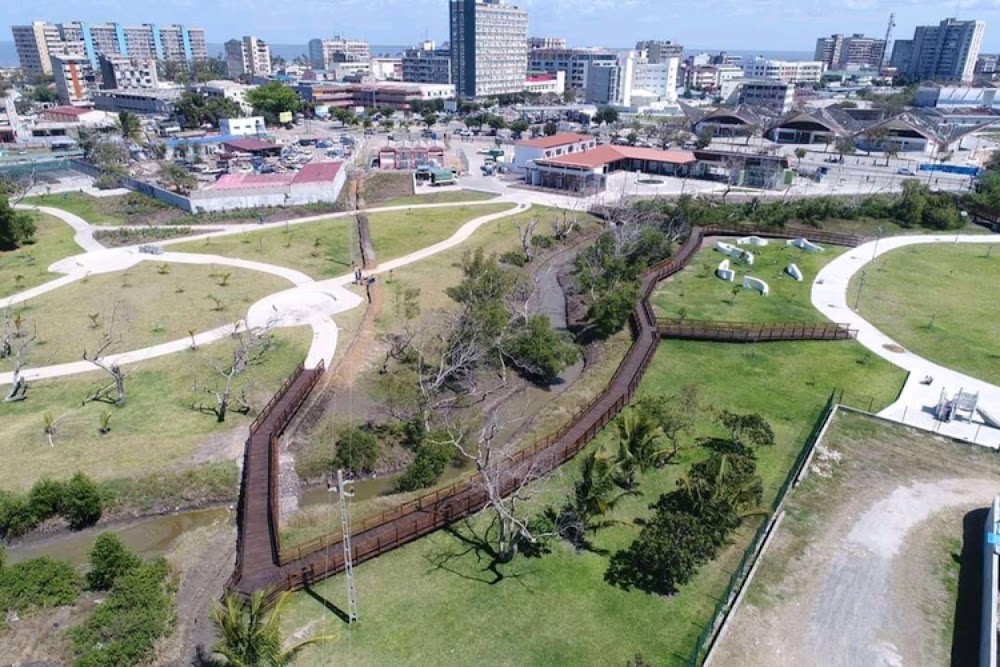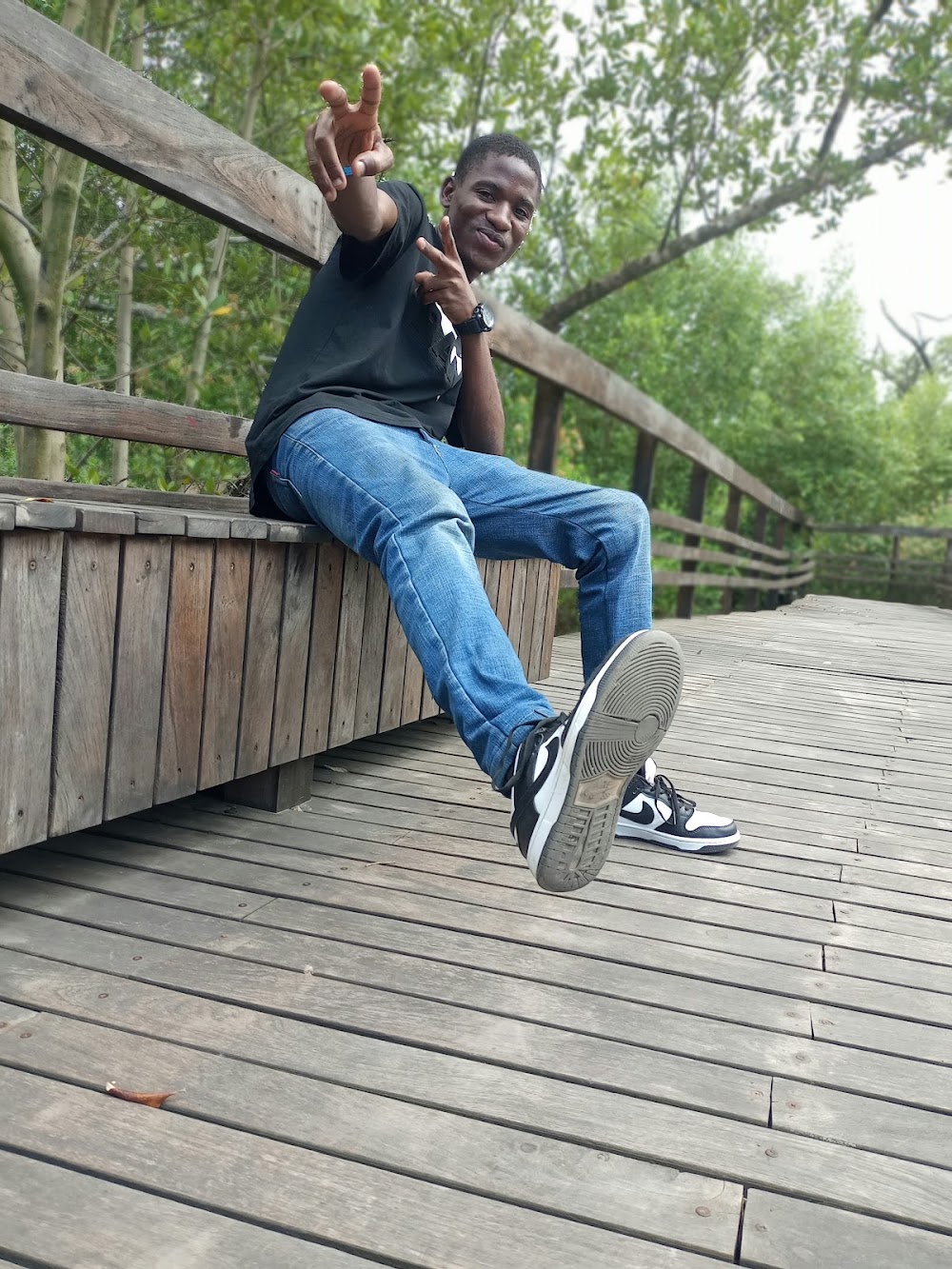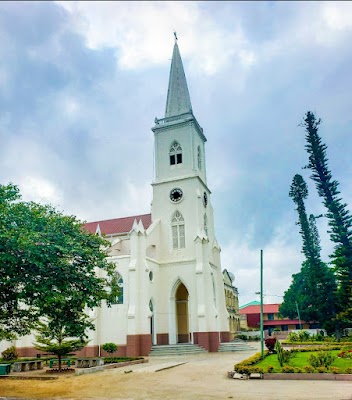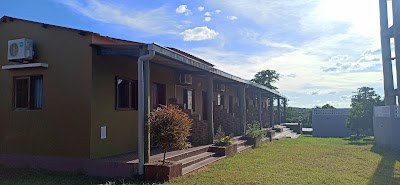Chiveve Riverfront (Marginal do Rio Chiveve)
Overview
Decades ago, the Chiveve River, once a vibrant artery of life in Beira, the capital of Sofala Province in Mozambique, suffered severe degradation. Rapid urbanization, unplanned settlements, and inadequate waste management transformed this essential waterway into a shadow of its former self, plagued by debris and pollution. Fortunately, a transformative vision and dedicated community efforts have led to a stunning resurgence, now celebrated as the Rio Chiveve Riverfront.
The journey toward revitalizing the Chiveve Riverfront began in the early 2010s when local authorities recognized the river's crucial environmental and socio-economic significance. With the support of the German Development Bank (KfW) and the African Development Bank (AfDB), a comprehensive rehabilitation plan was set in motion. This plan aimed not only to restore the river's natural ecosystem but also to mitigate flooding risks and create recreational spaces for both residents and visitors to enjoy.
The project was meticulously crafted by a team of local and international experts. The first step was a massive clean-up operation, where dedicated workers and volunteers removed mountains of garbage, debris, and invasive aquatic plants that had suffocated the waterway. This crucial clean-up effort restored the river’s natural flow and significantly improved water quality.
Once the river's flow was rejuvenated, efforts shifted to stabilizing its banks to prevent erosion. Gabions—large cages filled with stones—were strategically placed along the riverbanks, providing essential structural support. In addition, indigenous vegetation such as reeds and mangroves was planted to enhance biodiversity and create a natural barrier against erosion. These plants also played a vital role in filtering pollutants, thus maintaining the ecological balance of the river.
Alongside these ecological efforts, another team concentrated on developing the riverfront infrastructure. Concrete walkways, cycling paths, and wooden promenades were constructed to offer easy access to the river. Benches, viewing platforms, and picnic areas were thoughtfully placed to encourage recreational use of the area. To ensure safety and accessibility, adequate lighting and signage were installed throughout the riverfront.
A standout feature of this rejuvenation project is the creation of Chiveve Park, a sprawling green space adjacent to the river. This park boasts lush gardens, children's playgrounds, and open areas for community events and gatherings. It has quickly become a beloved spot for families and friends to unwind and enjoy the natural surroundings.
Community engagement was pivotal throughout the project. Workshops, public consultations, and awareness campaigns kept local residents informed and involved. Schools and universities collaborated on research and educational activities, fostering a sense of ownership and responsibility among the younger generation towards the river's health.
The restored Chiveve Riverfront was officially inaugurated in 2017, marking a significant milestone in Beira’s urban development. This transformation has not only enhanced the city’s aesthetic appeal but also significantly boosted local tourism and improved the quality of life for residents. The riverfront now stands as a testament to sustainable urban development, showcasing the possibility of a harmonious balance between human activity and natural ecosystems.
Furthermore, the revitalized Chiveve Riverfront has sparked further environmental and infrastructure projects across Sofala Province. It serves as an inspiring example of how communities can unite to reclaim and protect their natural resources, ensuring a sustainable future for generations to come.








